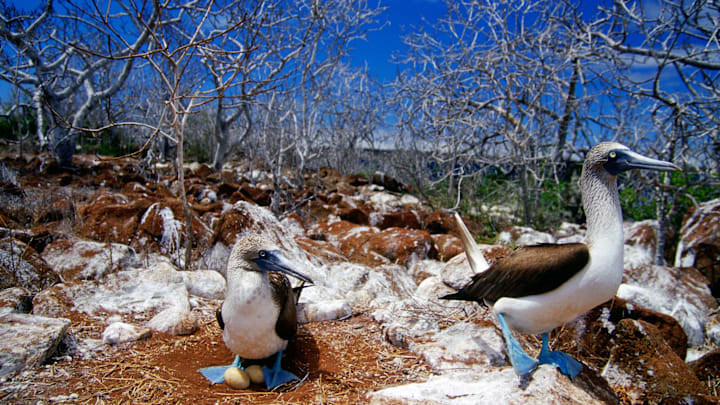Climate Change and Biodiversity Loss: Interconnected Challenges

Climate change and biodiversity loss are interconnected challenges that pose significant threats to ecosystems, species, and human well-being. Rising temperatures, changing precipitation patterns, and extreme weather events disrupt ecosystems and alter habitats, impacting species distribution, migration patterns, and survival rates.
Biodiversity—the variety of life forms on Earth—plays a crucial role in maintaining ecosystem resilience and functionality. Species rely on specific climate conditions and habitats for survival, making them vulnerable to climate-induced shifts in temperature and precipitation. Coral reefs, for example, face bleaching events due to ocean warming and acidification, threatening marine biodiversity and fisheries.
Climate change exacerbates existing threats to biodiversity, such as habitat destruction, pollution, and invasive species. Ecosystems like forests, wetlands, and mangroves provide vital services, including carbon sequestration, water purification, and natural flood protection. Preserving biodiversity is essential for mitigating climate change impacts and enhancing ecosystem resilience to future environmental stressors.
Conservation strategies aim to protect biodiversity hotspots, restore degraded habitats, and create corridors for species migration in response to climate change. Protected areas and marine reserves provide sanctuaries for endangered species and ecosystems under threat from human activities and climate impacts. Integrating climate change considerations into biodiversity conservation planning enhances adaptive capacity and promotes sustainable resource management.
International agreements and frameworks, such as the Convention on Biological Diversity (CBD) and the Intergovernmental Science-Policy Platform on Biodiversity and Ecosystem Services (IPBES), emphasize the interconnectedness of climate change and biodiversity conservation. These initiatives promote collaboration among governments, NGOs, and indigenous communities to address global environmental challenges and achieve shared conservation goals.
Addressing climate change and biodiversity loss requires integrated approaches that consider ecological, social, and economic dimensions. Sustainable land-use practices, habitat restoration, and reducing carbon emissions are essential for preserving biodiversity and enhancing ecosystem resilience in the face of climate variability and environmental change.
In conclusion, climate change and biodiversity loss represent urgent global challenges that require coordinated action and innovative solutions. By protecting ecosystems, conserving biodiversity, and reducing greenhouse gas emissions, humanity can safeguard the natural world and ensure a sustainable future for generations to come.